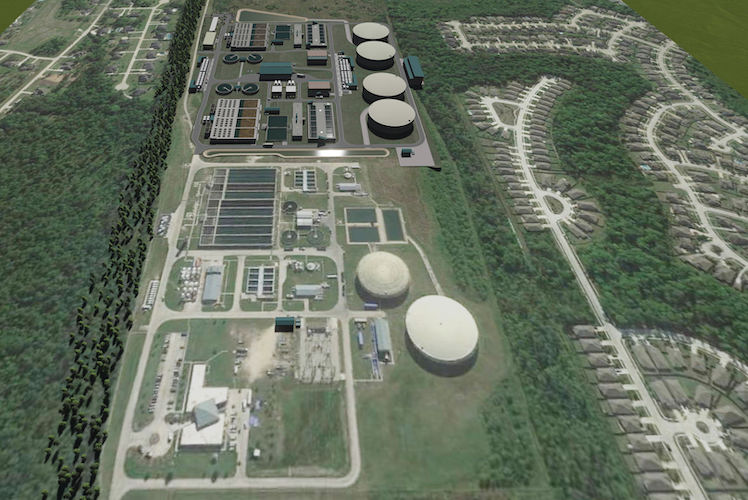Back in 2020 when I wrote about the Yugo and the merits of thinking about projects on a life cycle basis, the original Yugo’s 1987 list price of $3,990 translated to $9,100 in 2020 dollars. Now, as this is written in early 2023, that same original Yugo would list for over $10,400.
This simple example equates to a 12.5% increase in the “capital” cost of our Yugo in just a few recent years, and an almost a 62% increase from the original list price. This trend alone explains why one of the most common questions that we get asked when referring to project size at WCDA education sessions and as we produced the 6th edition of the Water and Wastewater Collaborative Delivery Handbook is, “How big is big?” For example, when one of the largest design-build projects in the year 2000 was about $100 million in capital, that same exact project today would cost over $170 million. Even with decades of historically low inflation, costs change over time—and recent higher inflation, supply chain disruption, and unpredictable escalation punctuate the trend.
However, the answer to “How big is big?” is not only about higher costs over time. As collaborative delivery has evolved since the late 1990s, owners have become increasingly comfortable with using CMAR and design-build for larger, more complex undertakings—so project scope is expanding, too. Anecdotally, fixed-price design-build was used for “large and complex” projects and progressive-design-build gained initial market traction for “smaller” projects where owners wanted (among other benefits) to maintain a hands-on presence during the design and estimating process. Back then, pre-2010, our answer might have been $50 million is BIG and $100 million is MEGA for a given project.
Then came some of our industry’s larger progressive design-build projects, initiated by owners who were willing to, well, go BIGGER. Denver’s Metro Water Recovery (formerly Metro Wastewater Reclamation District) procured its $280 million Northern Treatment Plant in 2011, and in 2015, the City of Houston initiated the largest progressive design-build of its kind: the Northeast Water Purification Plant Expansion, currently near completion for a mere $1.76 billion (yep, that’s a big ‘B’ for BILLION). And CMAR is no different. Just one recent plant and pump station package to support the $1.6 billion Bois d’Arc Reservoir project in Texas exceeded $725 million. And Louisiana’s Coastal Protection and Restoration Authority is using CMAR for several sediment diversion projects with a combined cost in excess of $1 billion.
And the mega programs are coming, too. Multiproject infrastructure programs with multibillion dollar price tags are on the horizon from San Diego to Los Angeles to Seattle to Vancouver, BC. All of these owners and many more are moving the decimal point on “How big is big?”
So, today, when we’re asked “How big is big?” the short answer is that a $100 million project may be big, and $500 million+ projects are common. What, then, is a “small” project? Could it be that $50 million is considered medium or small and the numerous projects in the $30 million or less range are definitely on the smaller end of the scale?
Yikes. For an owner new to collaborative delivery and contemplating its first—and probably historically largest—project in the $15-30 million range, this all might come as a bit of a surprise. So, let’s calibrate:
- Project sizes are increasing for all collaborative delivery methods.
- To be considered “big” in today’s market, $100 million is probably the low end of the scale.
- The above notwithstanding, your project should be measured by your scale: If your first project is $20 million and you don’t ordinarily do projects of that size, then your project is BIG, too.
No matter where your project fits on the size scale, WCDA resources can help you develop a better project that applies insight from our research, best practices, and templates that you can use to save time and resources. Even as projects get bigger, we’re committed to supporting your project—and any size fits.

